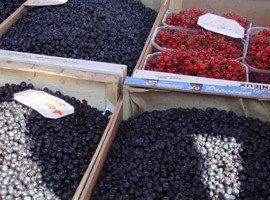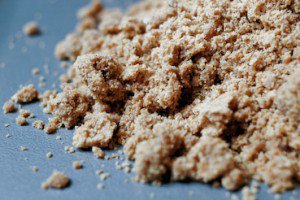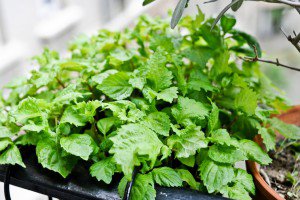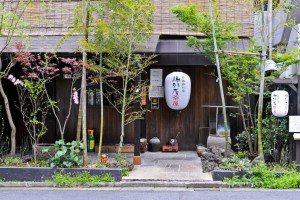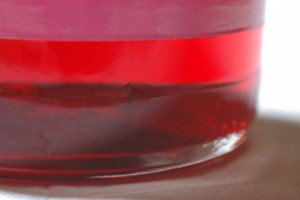
Red currants hold a special place in my heart as the perfect companion to peaches and nectarines and a dash of whipping cream in my mother’s summer fruit salads — preferably enjoyed in the cool shade of the garden, on a table with a cherry-patterned tablecloth secured by pretty star-shaped weight clips, should a little breeze pick up.
I also like that they are not your ordinary easy-to-like, easy-to-please berry. No. La groseille is startlingly red and pretty, but it is also super tart and a bit of a pain to prep, as you will need to carefully pluck each berry from its pale green stem. Some are advocates of the fork tine combing method, but this tends to crush a sizeable proportion of the yield so I prefer to gently pull at the clusters with the tips of my fingers, feeling each little bubble loosen its grip and detach itself, one after the other. But of course in the grand scheme of things, it is much less of a chore than, say, butchering a pig, and it is also considered good manners from whoever will eat the berries with you to help with the plucking.
Even at the time of the eating, the red currant won’t let itself be loved that easily: to enjoy the delicate texture that ruptures and explodes in your mouth (salmon roe made berry), to delight in the fresh burst of tart juice, you have to make do with the grainy seeds and their slightly puckery effect.
At the market in Gérardmer we sometimes buy the white variety — groseilles blanches — which are sweeter and less tart than the red, although for some reason I always expect the reverse to be true. On good years, when the weather has been favorable and red currants are aplenty, my mother will also make a delicious gelée de groseille. Jellies and preserves are in fact the most common use for this berry, and they are a specialty from Bar-le-Duc in the East of France, where they still use the 14th-century traditional method and seed the berries manually with a goose quill. The resulting translucent jelly is sold in teeny tiny jars for the price of gold, but the lady épépineuses have to pay their rent, too.
Since in my mind red currants are indissociably tied to summer vacations in the mountain, I hardly ever buy them in Paris. I did make an exception on Saturday morning at the market though: I was walking by the stall of a chicken and guinea fowl farmer from the South-West (trying to resist the intoxicating smell coming from his rotisserie), when I noticed that the guy also displayed a small crate of glowing groseilles. It is usually a very good sign when a specialized vendor also offers a small quantity of something entirely unrelated. I like the idea that the guy has a few berry bushes growing somewhere on his farm, just a little more than he and his family can use, and he thinks it might as well bring in a bit of extra cash. More often than not, these products will have the taste and quality of those things that grow spontaneously and without pressure. Or maybe I’m just a hopelessly romantic, fruit-patch deprived city girl.
And so I bought a little paper bag of groseilles — 250g for 3€. Since it is still somewhat early for nectarines and peaches, we just ate them on their own with a bit of maple syrup: this was Maxence’s idea and it turned out to be a surprisingly successful pairing.


